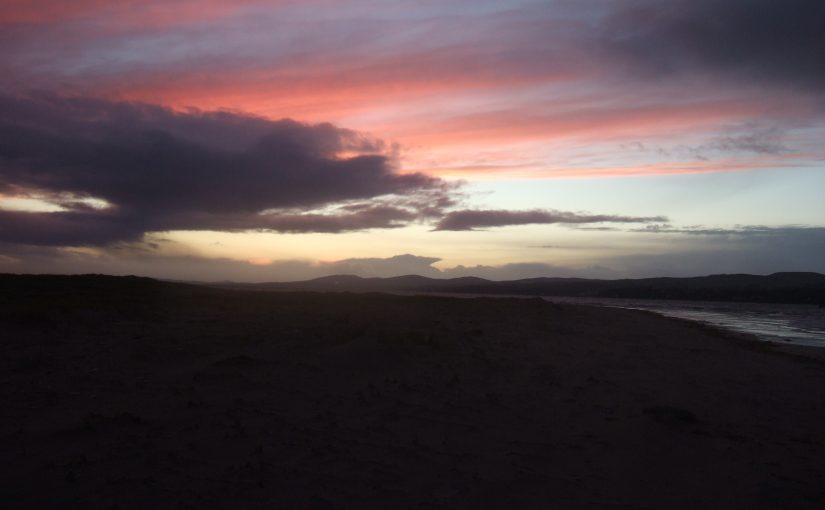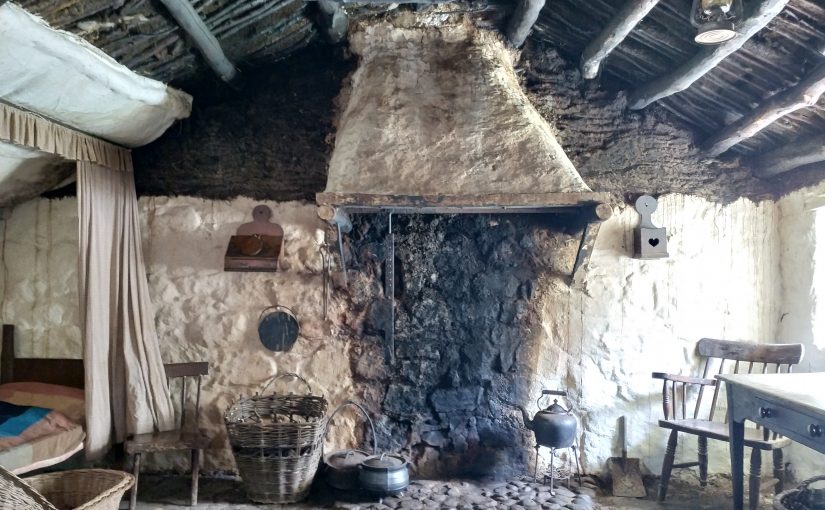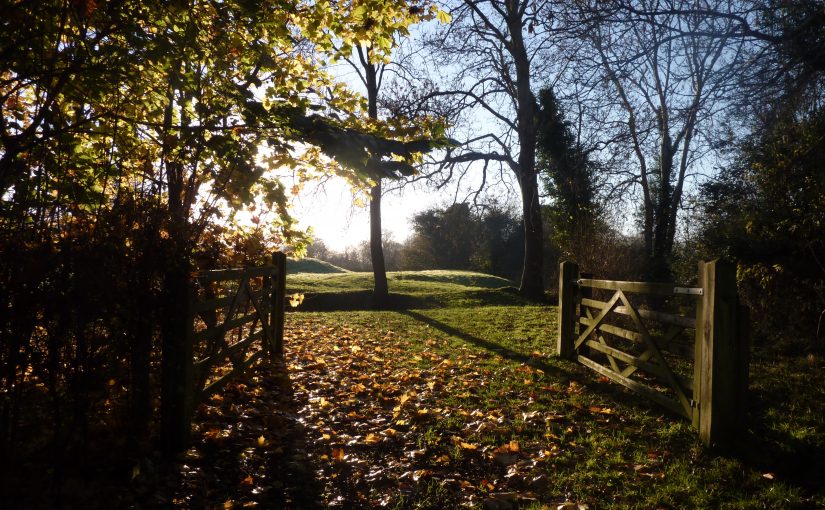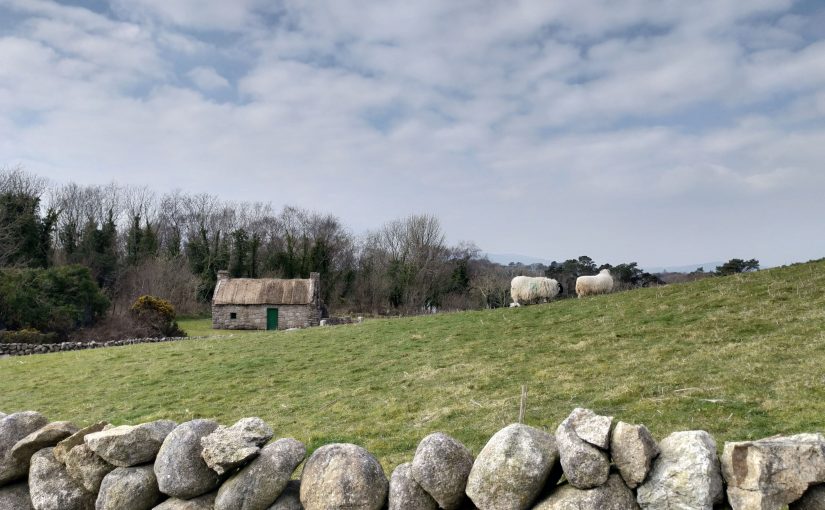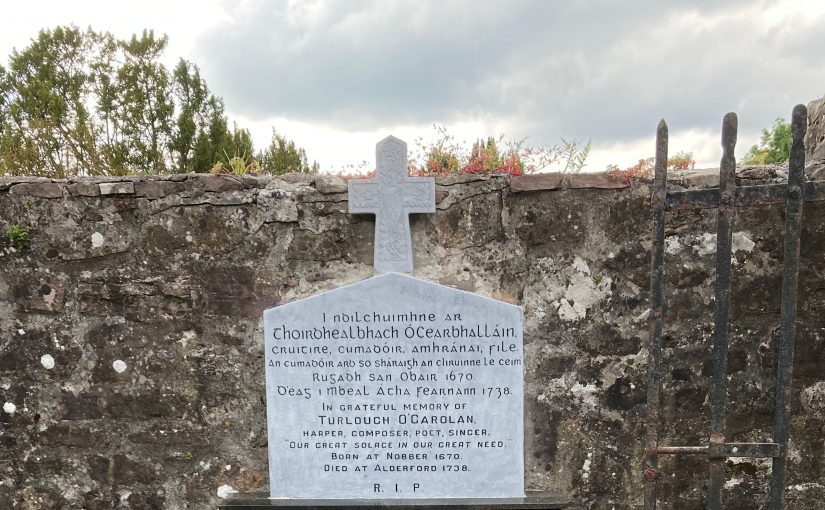In Queen’s University Belfast, Special Collections, MS4.29 page 49/45/054/f22r, Edward Bunting has written what looks like a live transcription notation from a traditional harper informant, of the tune of Codladh an Óigfhir.
This tune has had tons written about it, connecting it to Danny Boy, but in this blog post we are going to pretty much ignore that and concentrate on Bunting’s live transcription notation, because for this Old Irish harp Transcriptions Project what we are really interested in is not so much the tunes themselves, but what the initial live transcription notations can tell us about old Irish harp performance style and idiom.
Continue reading Codladh an Óigfhir
